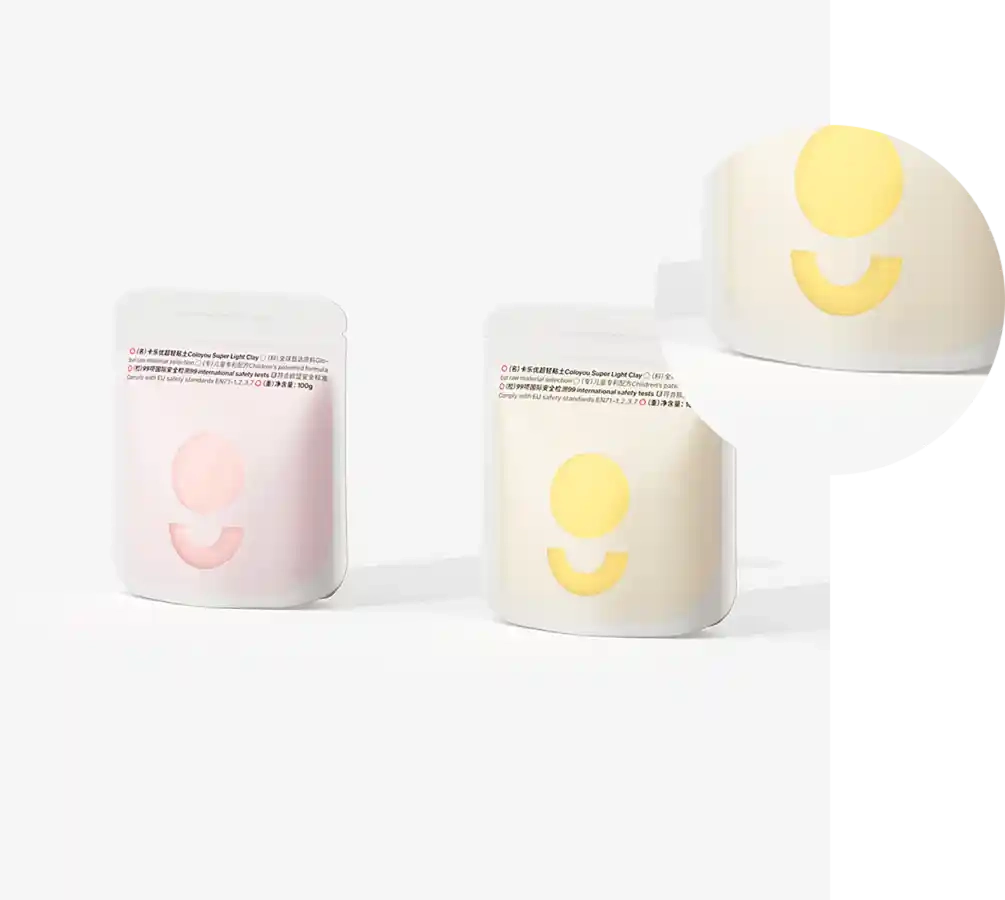- Afrikaans
- Albanian
- Amharic
- Arabic
- Armenian
- Azerbaijani
- Basque
- Belarusian
- Bengali
- Bosnian
- Bulgarian
- Catalan
- Cebuano
- chinese_simplified
- chinese_traditional
- Corsican
- Croatian
- Czech
- Danish
- Dutch
- English
- Esperanto
- Estonian
- Finnish
- French
- Frisian
- Galician
- Georgian
- German
- Greek
- Gujarati
- haitian_creole
- hausa
- hawaiian
- Hebrew
- Hindi
- Miao
- Hungarian
- Icelandic
- igbo
- Indonesian
- irish
- Italian
- Japanese
- Javanese
- Kannada
- kazakh
- Khmer
- Rwandese
- Korean
- Kurdish
- Kyrgyz
- Lao
- Latin
- Latvian
- Lithuanian
- Luxembourgish
- Macedonian
- Malgashi
- Malay
- Malayalam
- Maltese
- Maori
- Marathi
- Mongolian
- Myanmar
- Nepali
- Norwegian
- Norwegian
- Occitan
- Pashto
- Persian
- Polish
- Portuguese
- Punjabi
- Romanian
- Russian
- Samoan
- scottish-gaelic
- Serbian
- Sesotho
- Shona
- Sindhi
- Sinhala
- Slovak
- Slovenian
- Somali
- Spanish
- Sundanese
- Swahili
- Swedish
- Tagalog
- Tajik
- Tamil
- Tatar
- Telugu
- Thai
- Turkish
- Turkmen
- Ukrainian
- Urdu
- Uighur
- Uzbek
- Vietnamese
- Welsh
- Bantu
- Yiddish
- Yoruba
- Zulu
ethylene-vinyl acetate foam
Exploring Ethylene-Vinyl Acetate Foam Versatility and Applications
Ethylene-vinyl acetate (EVA) foam is a highly versatile material known for its remarkable properties, making it a popular choice across various industries. This closed-cell foam is a copolymer made from ethylene and vinyl acetate, which combines the strength and durability of plastics with the flexibility of rubber. As a result, EVA foam exhibits excellent cushioning, shock absorption, and insulation properties. Its lightweight nature and resistance to moisture make it suitable for numerous applications, ranging from consumer products to industrial uses.
Exploring Ethylene-Vinyl Acetate Foam Versatility and Applications
In the consumer market, EVA foam plays a significant role in the production of various household items. Its water-resistant properties make it ideal for items like shower mats, floor tiles, and pool floats. Additionally, EVA is used in crafting and DIY projects. Crafters appreciate its ease of use, as it can be easily cut, shaped, and colored, making it suitable for everything from toys to home decor. The foam's vibrant color options enable designers to create visually appealing products that can brighten up any space.
ethylene-vinyl acetate foam

The automotive industry also takes advantage of EVA foam’s unique properties. It is used in various applications, including interior padding, sound insulation, and vibration damping. The lightweight nature of EVA foam contributes to improved fuel efficiency in vehicles, while its ability to absorb sound provides a quieter ride. Moreover, the foam’s resistance to UV light and heat ensures that it retains its structural integrity and appearance over time, making it an excellent choice for long-lasting automotive components.
In the construction industry, EVA foam is becoming increasingly popular as an insulation material. Its closed-cell structure provides excellent thermal resistance, making it an effective barrier against heat loss and moisture infiltration. This quality makes it useful in building applications such as underlayment for flooring, roofing insulation, and wall panels. As the demand for energy efficiency in buildings grows, EVA foam’s role in sustainable construction practices is likely to expand.
Sustainability is another notable aspect of EVA foam. Manufacturers are increasingly adopting eco-friendly practices in producing EVA, such as using recycled materials or developing biodegradable options. This shift aligns with the global movement towards reducing plastic waste and promoting sustainable product development. As consumers become more environmentally conscious, the demand for sustainable alternatives has prompted innovation within the EVA foam industry.
In conclusion, ethylene-vinyl acetate foam is a highly adaptable material with a wide range of applications across various industries. Its combination of durability, flexibility, moisture resistance, and lightweight characteristics make it an excellent choice for products in consumer markets, automotive applications, and construction. As the industry continues to evolve, the emphasis on sustainability will likely drive further innovations within the EVA foam sector, shaping its future and reinforcing its role as a vital material in modern manufacturing. Whether in sports, automotive, or construction, EVA foam’s versatility ensures that it will remain a staple material for years to come.













